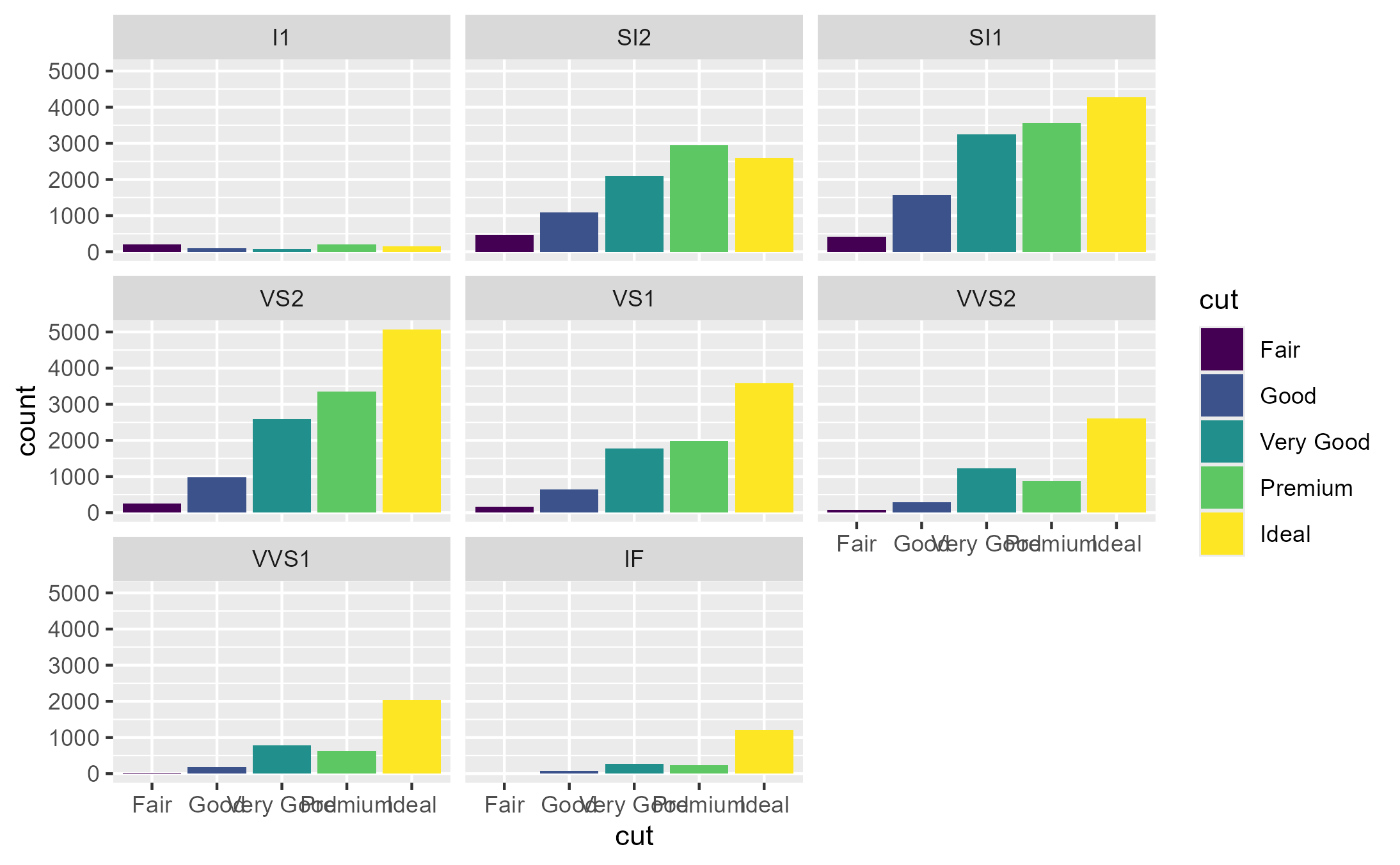
Inspect the arguments passed into a method
Source:R/workflows-inspect.R, R/aliases.R
ggtrace_inspect_args.RdInspect the arguments passed into a method
Usage
ggtrace_inspect_args(
x,
method,
cond = 1L,
hoist_dots = TRUE,
...,
error = FALSE
)
inspect_args(x, method, cond = 1L, hoist_dots = TRUE, ..., error = FALSE)Arguments
- x
A ggplot object
- method
A function or a ggproto method. The ggproto method may be specified using any of the following forms:
ggproto$methodnamespace::ggproto$methodnamespace:::ggproto$method
- cond
When the arguments should be inspected. Defaults to
1L.- hoist_dots
Whether treat arguments passed to
...like regular arguments. IfFALSE, the...is treated as an argument- ...
Unused.
- error
If
TRUE, continues inspecting the method until the ggplot errors. This is useful for debugging but note that it can sometimes return incomplete output.
Tracing context
When quoted expressions are passed to the cond or value argument of
workflow functions they are evaluated in a special environment which
we call the "tracing context".
The tracing context is "data-masked" (see rlang::eval_tidy()), and exposes
an internal variable called ._counter_ which increments every time a
function/method has been called by the ggplot object supplied to the x
argument of workflow functions. For example, cond = quote(._counter_ == 1L)
is evaluated as TRUE when the method is called for the first time. The
cond argument also supports numeric shorthands like cond = 1L which evaluates to
quote(._counter_ == 1L), and this is the default value of cond for
all workflow functions that only return one value (e.g., capture_fn()).
It is recommended to consult the output of inspect_n() and
inspect_which() to construct expressions that condition on ._counter_.
For highjack functions like highjack_return(), the value about to
be returned by the function/method can be accessed with returnValue() in the
value argument. By default, value is set to quote(returnValue()) which
simply evaluates to the return value, but directly computing on returnValue() to
derive a different return value for the function/method is also possible.
Examples
library(ggplot2)
p1 <- ggplot(diamonds, aes(cut)) +
geom_bar(aes(fill = cut)) +
facet_wrap(~ clarity)
p1
 # Argument value of `Stat$compute_panel` for the first panel
compute_panel_args_1 <- inspect_args(x = p1, method = Stat$compute_panel)
names(ggformals(Stat$compute_panel))
#> [1] "self" "data" "scales" "..."
names(compute_panel_args_1)
#> [1] "self" "data" "scales" "flipped_aes" "width"
table(compute_panel_args_1$data$fill)
#>
#> Fair Good Very Good Premium Ideal
#> 210 96 84 205 146
# `hoist_dots` preserves information about which arguments were passed to `...`
with_dots <- inspect_args(p1, Stat$compute_panel, hoist_dots = FALSE)
names(with_dots)
#> [1] "self" "data" "scales" "..."
with_dots$`...`
#> $flipped_aes
#> [1] FALSE
#>
#> $width
#> [1] 0.9
#>
# Argument value of `Stat$compute_panel` for the first panel
compute_panel_args_1 <- inspect_args(x = p1, method = Stat$compute_panel)
names(ggformals(Stat$compute_panel))
#> [1] "self" "data" "scales" "..."
names(compute_panel_args_1)
#> [1] "self" "data" "scales" "flipped_aes" "width"
table(compute_panel_args_1$data$fill)
#>
#> Fair Good Very Good Premium Ideal
#> 210 96 84 205 146
# `hoist_dots` preserves information about which arguments were passed to `...`
with_dots <- inspect_args(p1, Stat$compute_panel, hoist_dots = FALSE)
names(with_dots)
#> [1] "self" "data" "scales" "..."
with_dots$`...`
#> $flipped_aes
#> [1] FALSE
#>
#> $width
#> [1] 0.9
#>